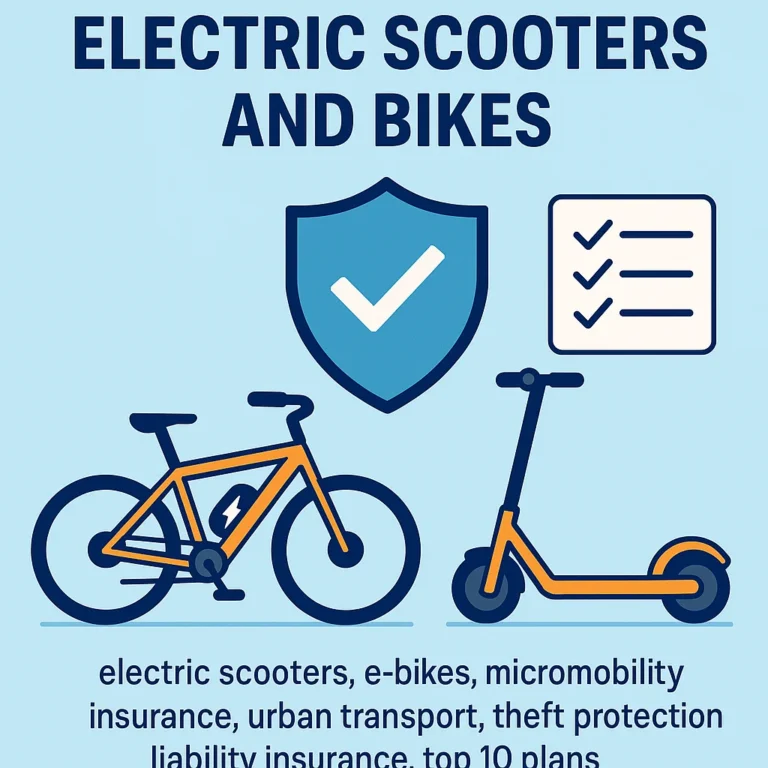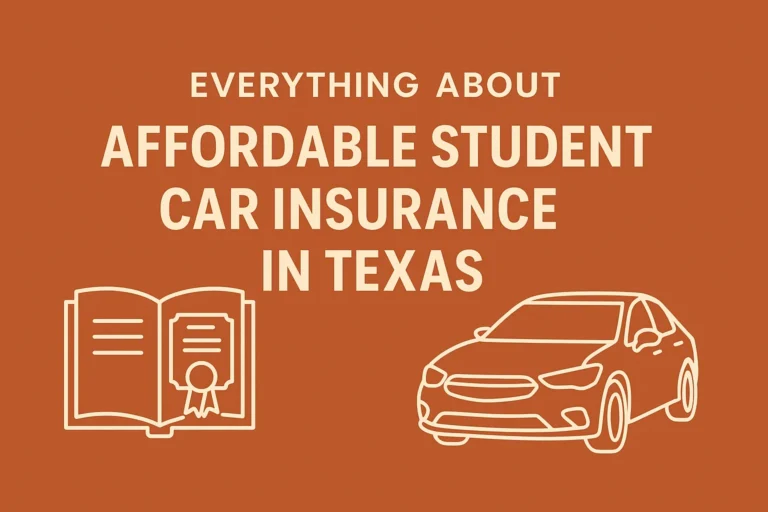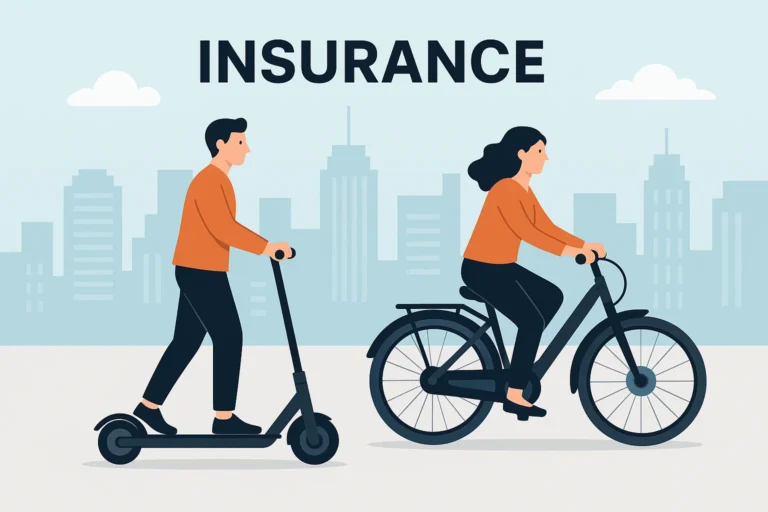Car insurance in Florida operates under a unique set of legal and regulatory frameworks, influenced by its no-fault insurance system, high accident rate, and geographical challenges. Whether you’re a resident, new driver, or an insurer targeting the Florida market, understanding how car insurance functions in this state is vital to making informed decisions and managing risk effectively.
This guide aims to provide a comprehensive understanding of the evolution, current landscape, and future outlook of Florida auto insurance policies. We delve into statistical trends, sectoral comparisons, expert insights, and real-world implications that will equip readers with a strategic understanding of the topic.
History and Evolution of Car Insurance in Florida
Florida’s car insurance model has been shaped by decades of legal reforms and socio-economic changes. The cornerstone of the system is its Personal Injury Protection (PIP) requirement, established in the 1970s under the no-fault insurance statute. This law mandates that each driver must carry PIP coverage, which pays for medical expenses and lost wages regardless of who caused the accident.
Initially introduced to reduce litigation and accelerate claim settlements, the no-fault system faced criticism over time for facilitating insurance fraud and excessive costs. As a result, legislative attempts to reform or repeal the system have been recurring topics in Florida’s political landscape.
Key legislative changes occurred in 2012 with the passage of House Bill 119, which introduced stricter guidelines for medical reimbursement and fraud detection. Although this reform curbed some abuse, its long-term effectiveness remains debated.
Over the past decade, discussions around shifting to a traditional tort-based system have gained traction, reflecting wider concerns about premium inflation and systemic inefficiencies. However, no overhaul has passed as of 2025, making it essential to navigate the current system with clarity.
Current Statistics and Data on Florida Car Insurance
Florida is consistently ranked among the most expensive states for car insurance. Multiple variables contribute to this status, including high traffic density, uninsured drivers, and frequent weather-related damages. Below are two key tables reflecting the current market trends.
Table 1: Average Annual Car Insurance Premiums by State (2024)
| State | Average Premium (USD) | National Rank |
|---|---|---|
| Florida | $2,560 | 3rd |
| New York | $2,783 | 2nd |
| Michigan | $2,878 | 1st |
| Texas | $1,920 | 8th |
| National Average | $1,548 | – |
Table 2: Common Claims Filed in Florida (2023)
| Claim Type | Percentage of Total Claims |
|---|---|
| Personal Injury (PIP) | 42% |
| Property Damage Liability | 25% |
| Collision | 15% |
| Comprehensive | 10% |
| Uninsured Motorist | 8% |
These statistics underscore how Florida’s car insurance structure is disproportionately driven by PIP-related costs and legal disputes.
Sectoral Comparisons
Private Passenger Auto Insurers
Private insurers dominate the Florida market, with national brands like GEICO, Progressive, and State Farm controlling the largest shares. These companies leverage extensive actuarial data and adjust premiums based on region, driving behavior, and credit score.
Non-Standard Insurance Providers
Florida has a robust non-standard market segment catering to high-risk drivers—those with poor driving records or lapses in coverage. These policies often carry higher premiums and limited coverage options, further inflating the average cost statewide.
Government and Legislative Stakeholders
Entities like the Florida Office of Insurance Regulation (OIR) and the Department of Highway Safety and Motor Vehicles (FLHSMV) enforce and monitor compliance. Their decisions directly impact rate approvals, fraud monitoring, and system reforms.
Forecast and Future Trends
With increasing pressure from consumers and insurers, Florida is likely to see significant reforms in the next 5 years. In fact, a 2024 bill proposing a phased transition from PIP to mandatory bodily injury coverage narrowly failed in the State Senate, suggesting growing political will.
Additionally, the rise of telematics-based insurance (usage-based pricing via apps and sensors) is reshaping how premiums are calculated. Major insurers have already launched mobile platforms that track driver behavior in exchange for discounted rates, particularly appealing to young drivers.
Another trend is the increasing cost of vehicle repairs due to electric vehicle (EV) adoption. As EVs become more common, insurers must recalibrate their models to account for costly battery and sensor replacements.
Cybersecurity concerns related to connected cars and insurance platforms are also expected to shape regulatory guidelines and IT investments in the coming years.
Expert Opinions and Academic References
According to a 2023 report from the Insurance Information Institute, Florida’s no-fault system is among the costliest in the U.S. due to rampant fraudulent claims, particularly in urban centers like Miami and Tampa.
Legal scholar Dr. Amanda Wharton of the University of Florida notes in her peer-reviewed journal article, “Insurance Reform in High-Risk States” (2022), that “Florida must transition to a mixed tort-no-fault hybrid if it hopes to reduce fraudulent behavior and insurer exit.”
Economist James P. Henley from the Florida Chamber of Commerce projects that reforming the PIP law could reduce premiums by up to 20%, increasing consumer confidence and insurer competition in the state.
Other academic works from the University of Florida Foundation and Florida Bar Association have echoed the urgent need for legislative reevaluation and digital transformation in policy underwriting.
Conclusion and Summary
Understanding how car insurance works in Florida means grappling with a system that is legally distinct, cost-intensive, and deeply politicized. From the historical foundations of no-fault PIP coverage to emerging trends in telematics and EV impacts, stakeholders at every level face ongoing challenges—and opportunities for reform.
For policyholders, staying informed and choosing insurers with modern risk models can yield better premiums. For policymakers, meaningful legislative change must balance cost control with adequate consumer protection.
Ultimately, the Florida car insurance market serves as a complex case study in how geography, law, and economics intersect to shape coverage accessibility and affordability.
Frequently Asked Questions
Is car insurance mandatory in Florida?
Yes, Florida requires all drivers to carry at least $10,000 in PIP and $10,000 in Property Damage Liability.
Can I sue the at-fault driver in Florida?
Only under specific conditions. If injuries meet a legal threshold, such as permanent disfigurement, lawsuits are permitted despite the no-fault rule.
Why is Florida’s car insurance so expensive?
Factors include fraud, high accident rates, uninsured drivers, and legal costs associated with no-fault claims.






